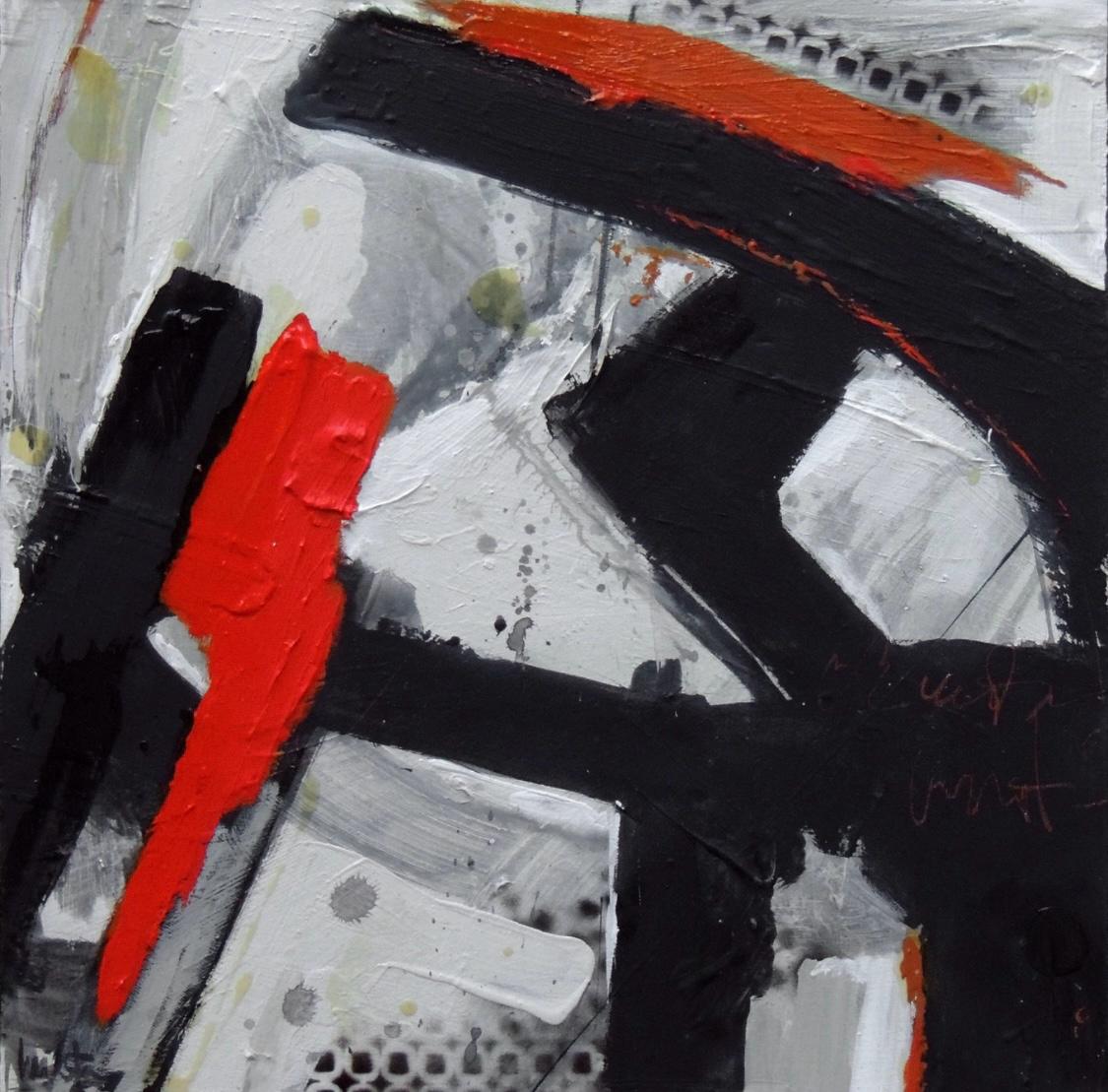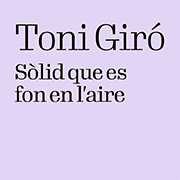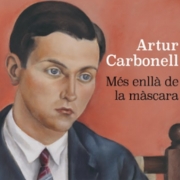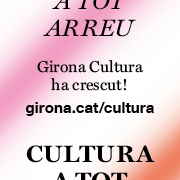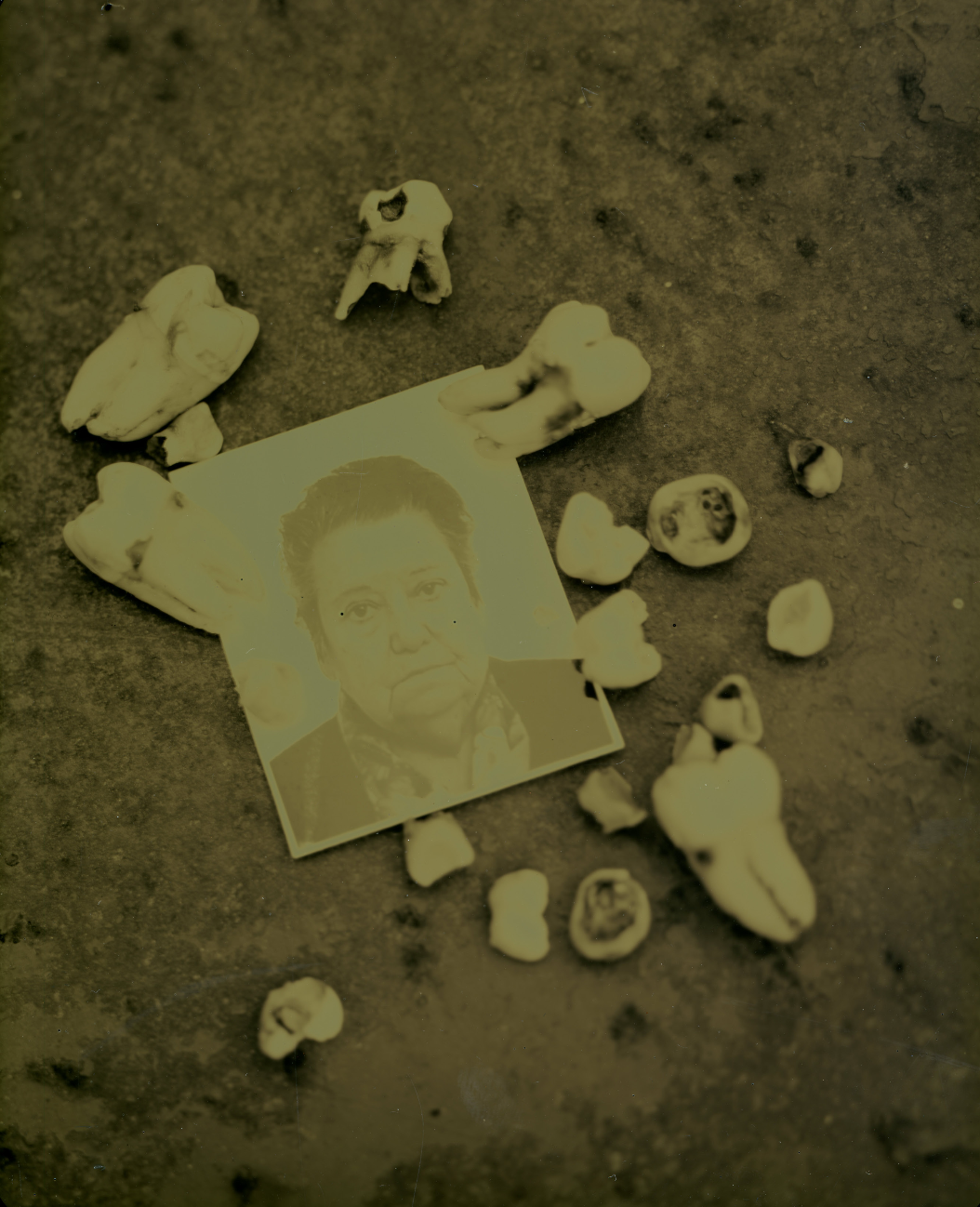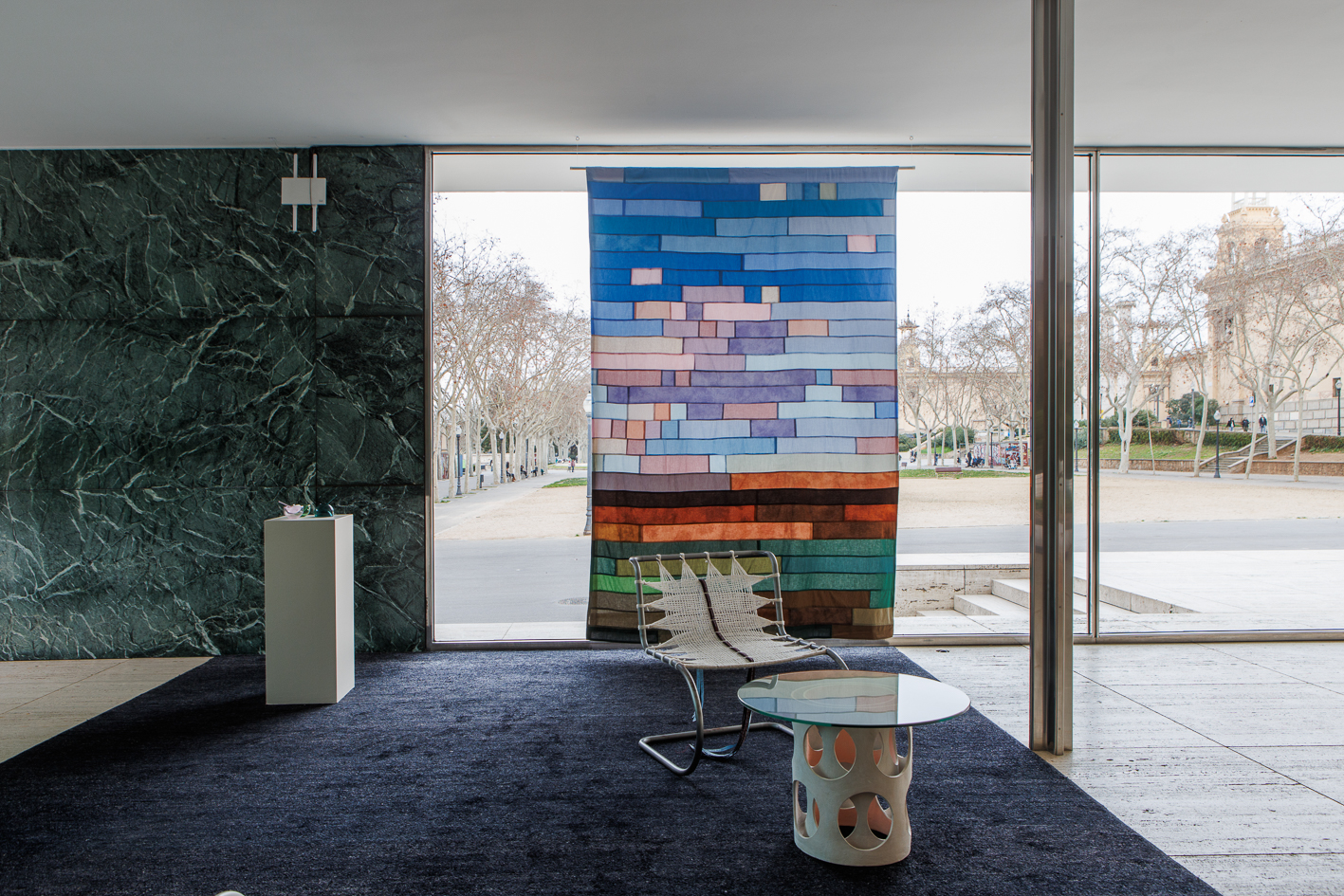Exhibitions
Laura Iniesta's back room
The Enric Monjo Museum in Vilassar de Mar is filled with work full of creativity and imagination.

Laura Iniesta takes over from Josep Maria Subirachs at the Enric Monjo Museum in Vilassar de Mar and does so with The Back Room, a tour with thirty works of different formats, such as painting and sculpture, and also of different dimensions. The artist's work attracts the viewer's eye due to the richness of the pictorial texture, but it also does so from multiple elements full of symbols. It will be like accessing a kind of wunderkammer in the past, but this exhibition, curated by Ramon Casalé, will take us deeper with feelings, expressions, memories, frustrations, fears, but also dreams.
We all have a room full of moments, experiences, chapters from the past and some that still need to be written, a giant drawer where all kinds of things are kept. And The Back Room, which can be visited until April 20 at the art gallery in the municipality of Maresme, is a room with powerful, strong work, always in dialogue with the Mediterranean element that so permeates Vilassar de Mar and the artist's work. But from this Mediterranean touch, it also transports us to the multiple journeys of Laura Iniesta, from the oriental aftertaste based on black and red strokes that are so linked to China and she explains it with four powerful words like "art has no borders".
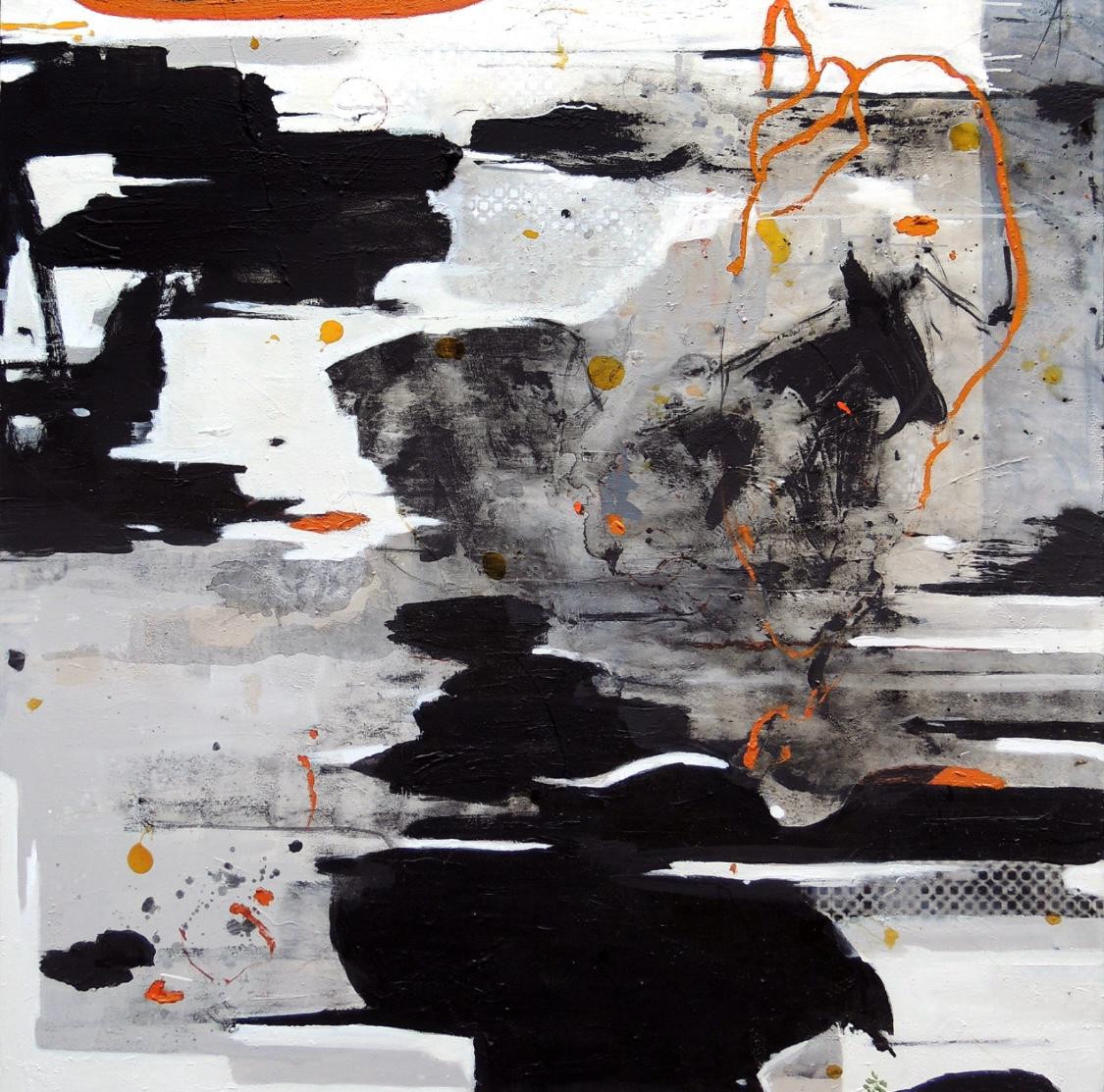
From these exhibited works, Iniesta delves into a personal world, into an abstraction that expresses his own universe and does so with creativity and imagination, two concepts deeply rooted in his work and with four decades linked to the world of art. "Art is my salvation and it is my refuge", a refuge that opens with a room and a work that seeks elements of the past with the present, always with the principle of color where he expresses different emotional states.
It is necessary to open the door of this personal room of Laura Iniesta and relive distant emotions, some close ones, of the passion that describes each of the works in the Enric Monjo Museum and of a stroke where chance takes center stage and a symbolism specific to the artist. It is like a mirror of her intimate world, of desires and of finding answers to different questions. There is no indifference, since once the door is closed, the viewer will end up moved through gesturality, material work, direct painting of great visual impact, where at the same time elegance, balance and aesthetics are combined.
As Laura Iniesta explains, she somewhat closes the circle of recent years, like a kind of alpha and omega, with this flow of aspects of everyday life through a line, a stroke, a shape or a stain. The void will also have its leading role, giving shape to a formal pictorial synthesis that already characterizes her art. The back room will be a string of emotions, feelings, in a constant dialogue between artist and spectator.
